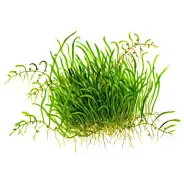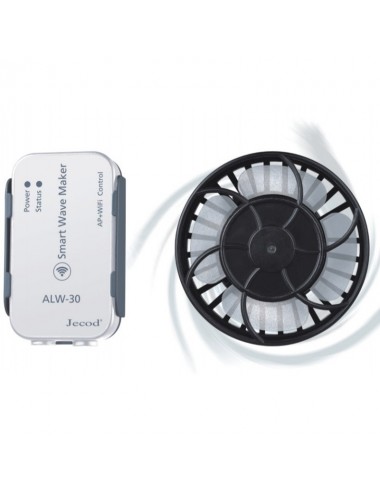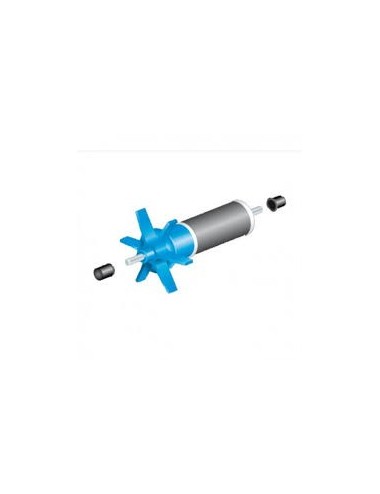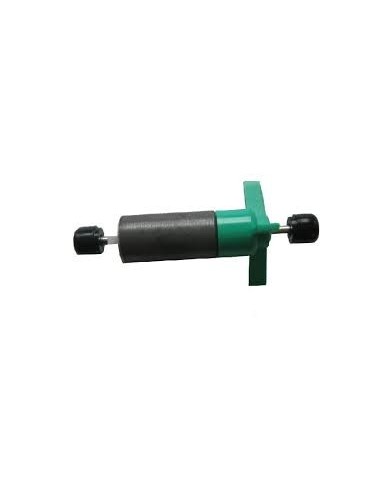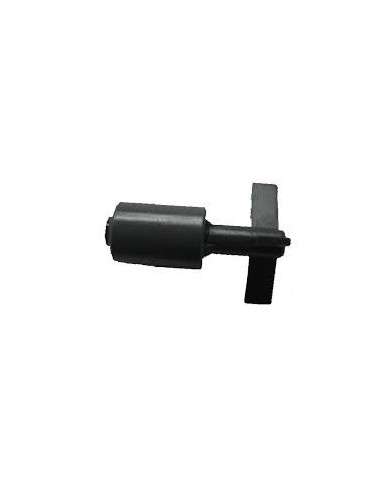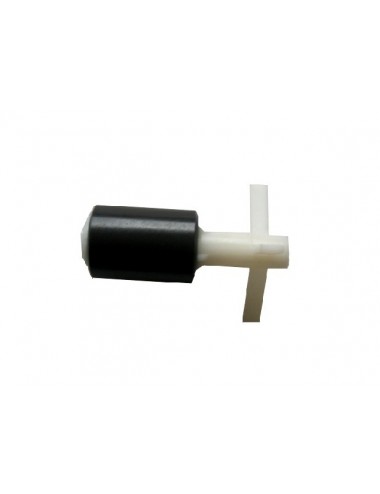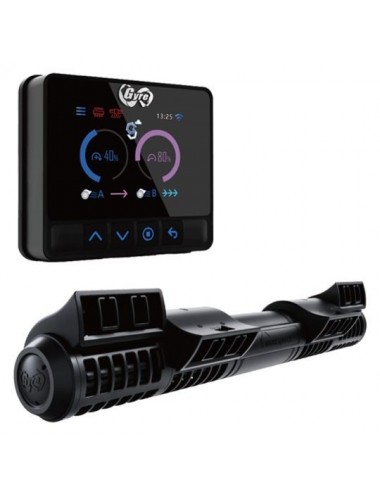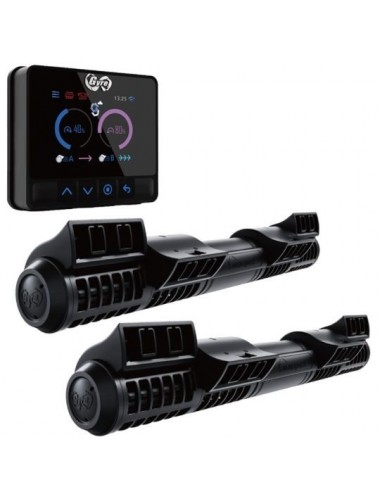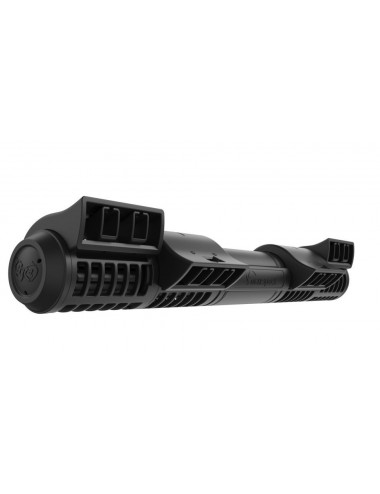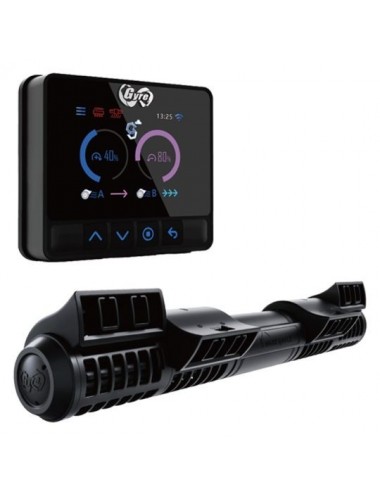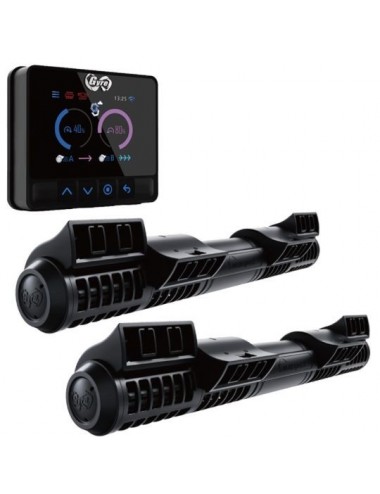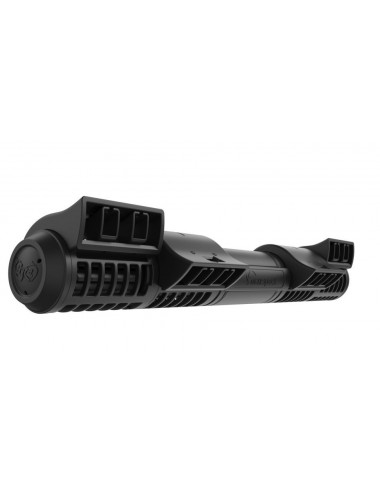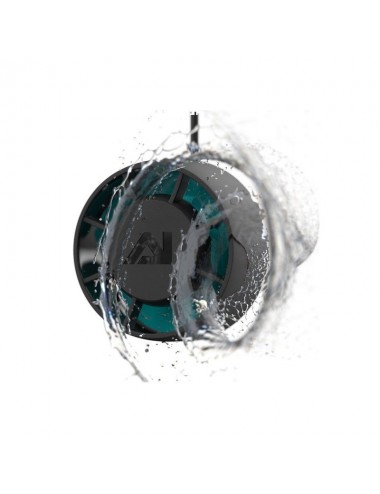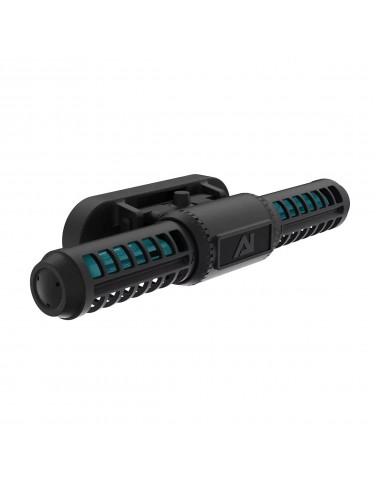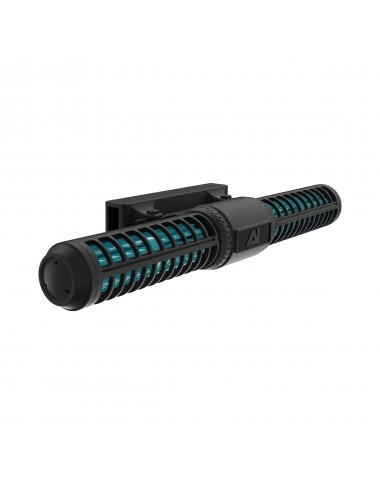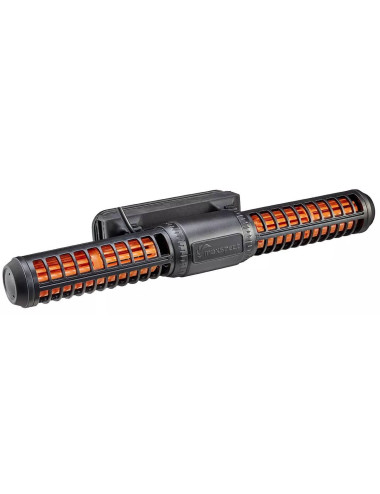- -€5.00
- -€5.00
- 1 in stock
Mixing pumps for saltwater aquarium - page 2
- -€5.00
- -€5.00
- in replenishment
- -€7.00
- -€7.00
- in replenishment
- -€5.00
- -€5.00
- in replenishment
- 1 in stock
- 1 in stock
- 1 in stock
- 1 in stock
- 1 in stock
- 1 in stock
- 1 in stock
- 1 in stock
- 1 in stock
- 1 in stock
- 1 in stock
- 2 in stock
- 2 in stock
- 1 in stock
- -15%
- -15%
- 1 in stock
- -15%
- -15%
- 1 in stock
- -15%
- -15%
- in replenishment
- 2 in stock
- 3 in stock
- 2 in stock
- in replenishment
- 2 in stock
- 2 in stock
- 2 in stock
- 3 in stock
- 1 in stock
- -5%
- -5%
- 2 in stock
- -3.57%
- -3.57%
- 3 in stock
Why is a circulation pump essential in reefing?
In a reef aquarium , the circulation pump is simply essential to the life of the tank . Without water movement, there is no oxygenation, no waste evacuation, and above all, no healthy corals. The circulation of seawater reproduces the natural currents that stimulate the polyps, prevent sedimentation and ensure optimal diffusion of nutrients and dissolved CO₂. The result? A more stable environment, enhanced gas exchange, and top-quality water for all the invertebrates and microorganisms in your marine ecosystem.
The circulation pump also helps keep organic matter in suspension , thus promoting its biological recycling by sponges, tube worms and other filter feeders. In short, it is one of the pillars of success in reef farming, never to be neglected.
How to choose the best circulation pump for your marine aquarium?
Recommended flow rate according to the volume of the tank (x10, x20, x40)
The right flow rate? It's a matter of ratio. In reef aquariums, we recommend mixing 20 to 40 times the tank's volume per hour . For a 250-liter aquarium, this means a cumulative flow rate of between 5,000 and 10,000 l/h. Tanks populated with SPS (hard corals) require a stronger flow rate (x40), while a mixed or soft tank can get by with x20. If you're just starting out, aim for a wide but gradual flow rate. The key is to have water in constant motion, without creating a tornado.
Optimal positioning for a homogeneous flow
To avoid dead zones , the ideal is to install two pumps on either side of the aquarium, oriented towards the center or towards the surface at about 60°. This creates a cross-current, even turbulent, which recycles nutrients better and limits deposits . Some prefer a circular current, others a more direct flow: it's up to you to test what works best according to your decor and the density of your corals. Also think about the overflow : a well-directed flow helps send particles towards the filtration.
Wide-flow or directional pump: what’s the difference?
Wide-flow pumps (often called "gyre" or "stream") generate a gentle but widespread current, ideal for sensitive corals and general circulation in the tank. Conversely, a directional flow pump (more concentrated) will be useful for diverting deposits or targeting specific areas. The ideal? Combine the two types for a more natural, varied current dynamic that is beneficial for all inhabitants.
Installation and maintenance of your mixing pump
Where should the pump be placed for ideal circulation?
A well-placed circulation pump guarantees efficient circulation without stress for the corals . Point the nozzles upwards and slightly towards the front or back of the tank. You can also play with the heights to vary the flow. And don't hesitate to experiment with different positions over time: each tank is unique!
Regular maintenance: cleaning the propellers and magnets
Cleaning every two to three months is essential to prevent clogging, especially if you have a limescale reactor. Disassemble the pump, remove any deposits from the blades, magnets, and shafts, then rinse with warm, fresh water. Beware of limescale residue! It can hamper operation and cause unnecessary noise.
How to avoid noise and vibration pollution?
Modern pumps are generally quiet, but they sometimes need a few days of break-in time . Choose a model with a magnetic mount rather than a suction cup for greater stability. Persistent noise? Check that no shells or sand are stuck in the impeller. And above all, clean them regularly. A clean pump is a quiet pump.
Our recommended brands for reef brewing
- Maxspect Gyre circulation pumps : Powerful, Reliable, Quiet
- Jebao / Jecod circulation pumps : excellent value for money, with controllers
- Aqua Illumination circulation pumps : Designer and powerful pumps
- Ecotech circulation pumps : Powerful and connected pumps
- Tunze circulation pumps : Wide selection of pumps to suit all volumes
Questions / Réponses
The brewing pump can be placed halfway up your tank, directing the flow towards the surface, in order to obtain optimal mixing.
To choose your brewing pump, you must take into account the power, flow rate and areas to be brewed. You can also check the power consumption as well as noise.
The brewing pump will allow you to create water circulation similar to the sea current, as well as good oxygenation.
It's better to have several small, well-placed pumps than one powerful one . This helps avoid stagnant areas and creates a more natural circulation. Two to three pumps in a medium-sized tank (200 to 400L) often provide the best results.
Here's a quick guide:
- 200L reef → between 4,000 and 8,000 l/h of cumulative mixing
- 500L reef → between 10,000 and 20,000 l/h, depending on population
- 1000L reef → allow at least 30,000 l/h, distributed over several pumps
Adapt the power to the nature of your biotope : SPS, LPS, mous... each has its requirements.
Yes, but in moderation. In a freshwater aquarium, a circulation pump can help prevent sediment and improve oxygenation, especially in planted or poorly filtered tanks. But be careful not to stress fish that don't like strong currents. Choose a gentle flow rate or an adjustable pump.




